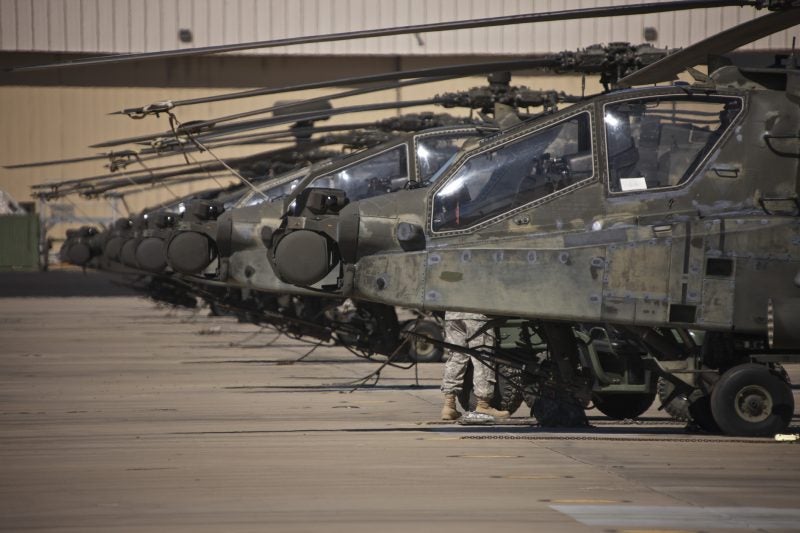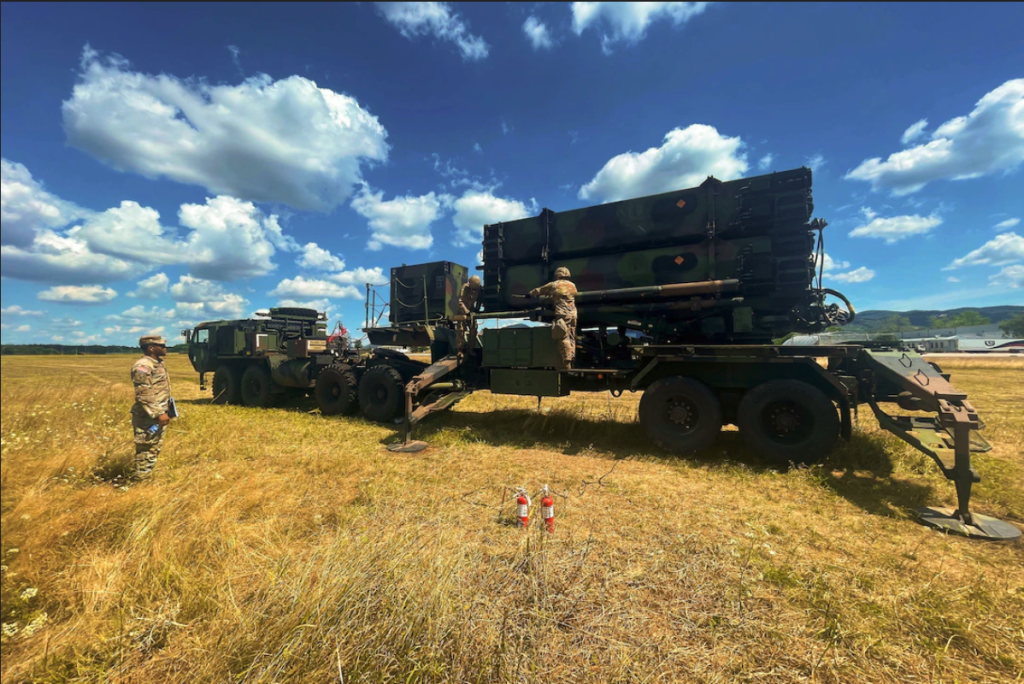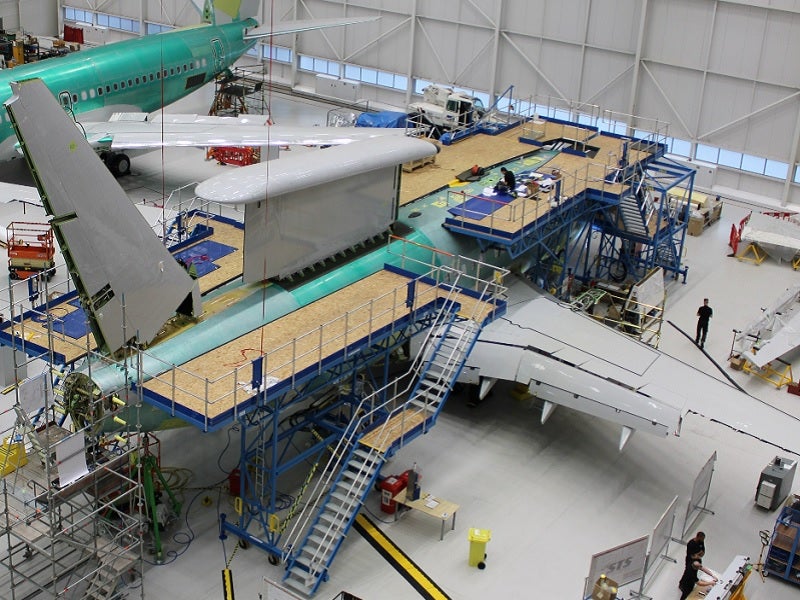
A report published by the US Government Accountability Office (GAO) on 8 December found that while the Department of Defense (DoD) had issued a policy for predictive maintenance in 2002, until recently the military services had made ‘limited progress’ implementing the approach.
Predictive maintenance, which is often utilised in the private sector, employs personnel to use condition-monitoring technologies and data analytics to plan maintenance based on evidence of need. This contrasts with preventative maintenance, another form of proactive maintenance where service personnel use periodic measurements, like operation time or calendar time, as a basis for maintenance actions.
The GAO found that “the military services have not consistently adopted and tracked implementation of predictive maintenance”.
The report goes on to say that while pilot programmes have been initiated, US military services do not regularly replace parts or components based on predictive maintenance forecasts. The military services are only just beginning “efforts to allow units to order parts ahead of need rather than waiting for the part to break”.
Where predictive maintenance has been employed, it has helped the military enhance maintenance results. US service officials told the GAO that the routine helped decrease unscheduled repair, often associated with a negative impact on both costs and operations.
Predictive Maintenance projects underway
The AH-64 Apache and the F/A-18 Super Hornet are two of the aircraft that US Army and US Navy (USN) officials cited as examples of how predictive maintenance has potentially averted accidents.
The US Army began using predictive maintenance technology on the AH-64 Apache in 2005 during the installation of sensor systems, and then expanded this to all aircraft in 2012, with coverage so far across all AH-64 Apache and UH-60 Black Hawk helicopters, as well as with the sensors on 65% of CH-47 Chinook aircraft.
The US Marine Corps (USMC) are in the early stages of implementing predictive maintenance for ground combat systems, with a pilot programme begun for wheeled systems in 2020 for ten Joint Light Tactical Vehicles (JLTV) and another ten Medium Tactical Vehicle Replacements (MTVR), and have plans to add predictive maintenance for up to 300 JLTV and MTVR during fiscal year 2022.
The USMC and USN collaborate on the maintenance of fixed-wing and rotary aircraft but have issued separate policies for the predictive maintenance approach, with the US introducing its policy in 2015 and the USMC in 2020. The USN did not have a service wide approach to introducing the policy, and instead expedited the routine implementation to address an increasing number of crashes resulting from “physiological episodes” on aircraft such as the F/A-18 Super Hornet.
“No Navy and Marine Corps aircraft have used predictive maintenance as fully as they would like.”
Many other currently used aircraft have some form of condition monitoring system, including the CH-53 Sea Stallion, the recipient of electronic sensors serviced through the routine since 2002. However, the GAO report cites officials who stated other aircraft, including the EC-2 Hawkeye, do not use the routine at all, and that “no Navy and Marine Corps aircraft have used predictive maintenance as fully as they would like”.
While the USN has a number of pilot projects for surface ships that began in 2020 with the Arleigh Burke-class destroyer USS Mason and expanded to include the USS McCampbell and USS Bulkeley of the same class in 2022, as of June this year the only vessel that has tested predictive maintenance concepts and evaluated the responses of the ship’s crew to maintenance prompts is the USS Mason.
The US Air Force (USAF) has taken steps to begin the routine but has no service-wide approach. Where the USAF has selected aircraft for this routine, such as the B-1 bomber and KC-135 tanker, that was “in part because officers or programme offices responsible for maintenance on those airframes advocated for maintenance reform using predictive maintenance, according to Air Force officials.”
GAO action points
Recommendations for improvement centre on setting up evaluation systems within each branch of the military, focusing on the current gap services have in evaluating the implementation of predictive maintenance. The GAO asks that US services each designate a single entity with responsibility in this area, and that the service develops and implements a plan to achieving predictive maintenance with quantifiable metrics to assess progress. “By developing plans with goals and metrics, and establishing procedures to monitor the routine, the military services will be better able to determine whether predictive maintenance achieves expected results and improves military readiness.”
The military services have identified certain challenges to adopting predictive maintenance, including the need for recruitment and training of new personnel, the procurement of replacement components, and the development of new technologies. The GAO gave examples of some actions taken to address these challenges, detailing that personnel hours saved through predictive maintenance are in some instances, now being reallocated to solve maintenance backlogs in other systems.




